Japanese tea is taking the global scene by storm—not only as a beverage but as a cultural experience, a complement to refined dishes, and a connection to centuries-old traditions.
Whether you’re a culinary professional, a chef-in-training, or simply someone who loves exploring world flavors, this guide will open your senses to the depth and diversity of Japanese tea. From understanding types like matcha and hojicha to discovering where to buy authentic tea and how to brew it at home, you’ll find everything you need to begin your journey.
What Is Japanese Tea? A Cultural & Culinary Treasure
It generally refers to tea produced in Japan, but it often refers to green tea in particular. Green tea is made by steaming tea leaves after plucking them to stop fermentation, and there are many different types.
It can also mean “tea ceremony,” which is a traditional Japanese culture in which a host prepares matcha green tea for his guests and the guests are then treated to the hospitality. The tea used in the tea ceremony is matcha, a type of green tea. For basic information about matcha, please refer to the following article.
「抹茶」記事リンク
Popular Japanese Tea Types and Their Unique Qualities
When it comes to Japanese tea, diversity is key. Each type offers a distinct flavor, aroma, and purpose, making Japanese tea a rich field for culinary creativity.
Green Tea (Ryokucha): The Most Loved Japanese Tea
Green tea is a type of unfermented tea, a general term for tea made without fermenting the tea leaves. In other words, it is a general name for teas such as Sencha and Gyokuro, which are described below.
Sencha: Japan’s Everyday Tea
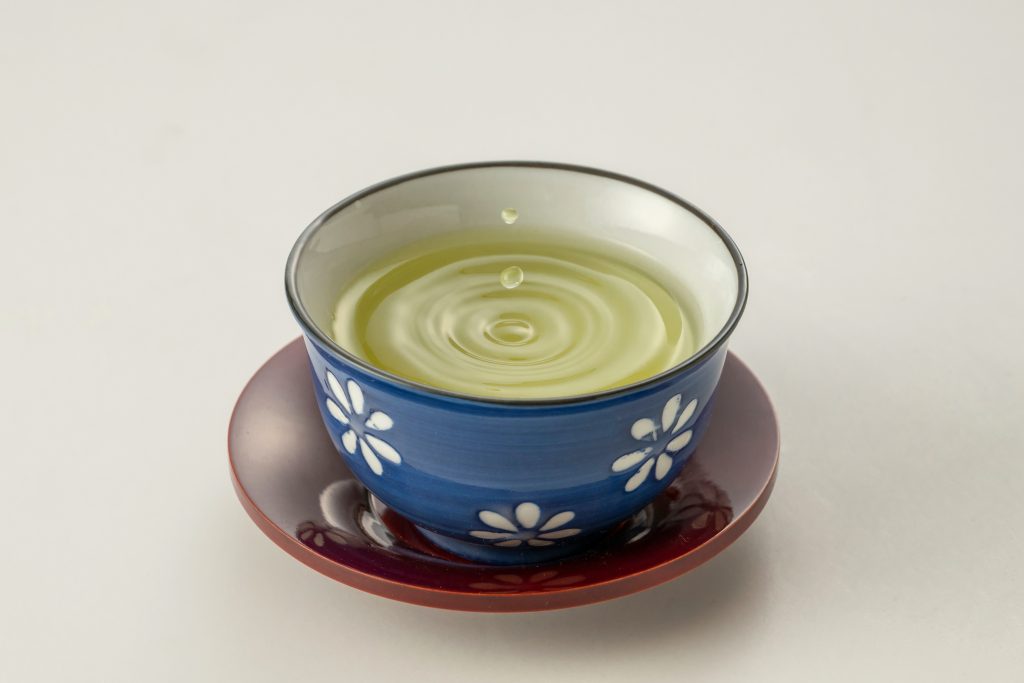
Sencha is the most widely consumed type of green tea. It offers a refreshing and grassy profile and is often enjoyed throughout the day. It’s also the base for many flavored teas and blends.
Gyokuro: Premium Japanese Tea with Umami
Grown in the shade for about 20 days, Gyokuro is characterized by its deep, mellow flavor and subtle sweetness. This premium tea is best savored slowly and pairs perfectly with sophisticated cuisine.
Matcha: The Ceremonial Japanese Tea Powder
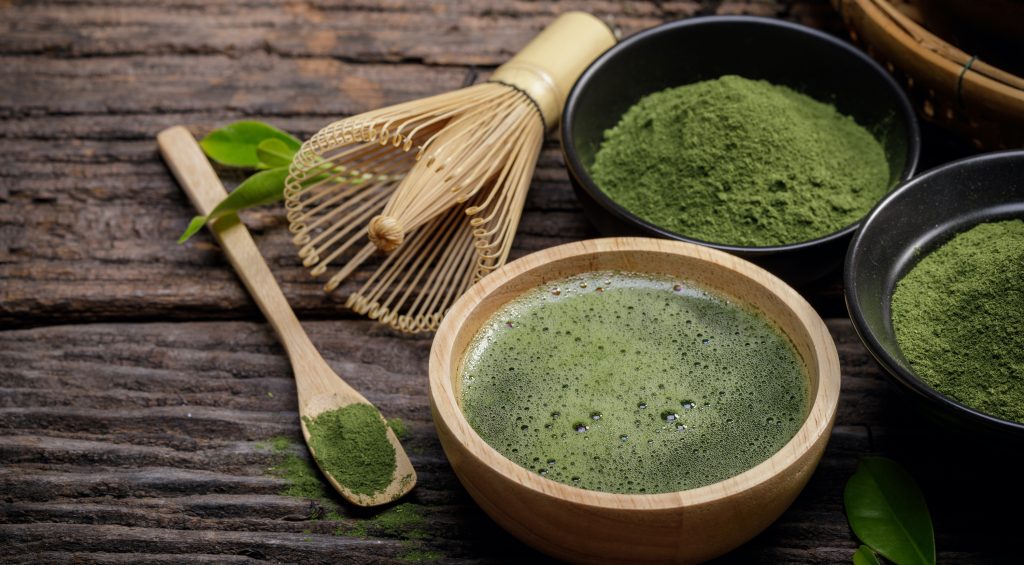
Matcha is finely ground green tea powder used in traditional tea ceremonies. Its rich, creamy texture and concentrated flavor make it perfect for culinary use as well. Today, matcha lattes and desserts are enjoyed globally.
Genmaicha: Japanese Tea with Roasted Rice
Matcha is a finely ground green tea powder used in the traditional tea ceremony. Its rich, smooth texture and concentrated flavor make it an excellent addition to cooking. Today, matcha lattes and desserts are enjoyed all over the world.
Hojicha: Roasted Japanese Tea with a Smoky Flavor
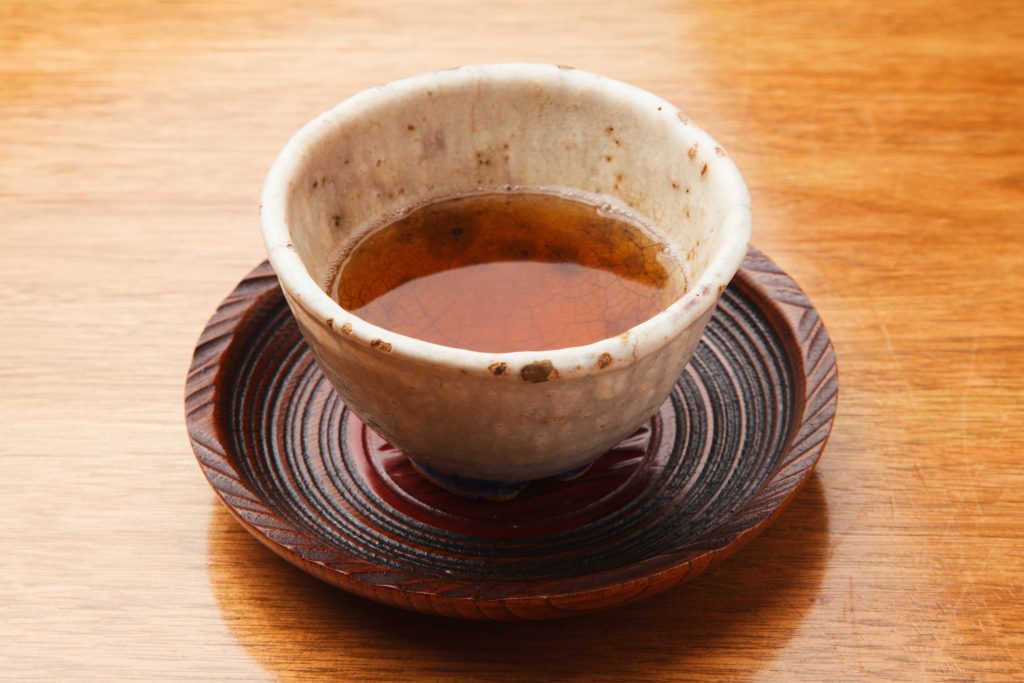
Made from roasted green tea leaves, Hojicha has a reddish-brown hue and a mild, smoky taste. It’s low in caffeine, making it a great evening drink.
Kombu Tea: Tea made with kelp
Kombu tea, made from kelp, offers a salty, umami-rich profile. It’s different from the kombucha that’s popular in the United States.
Caffeine-Free Options: Mugicha
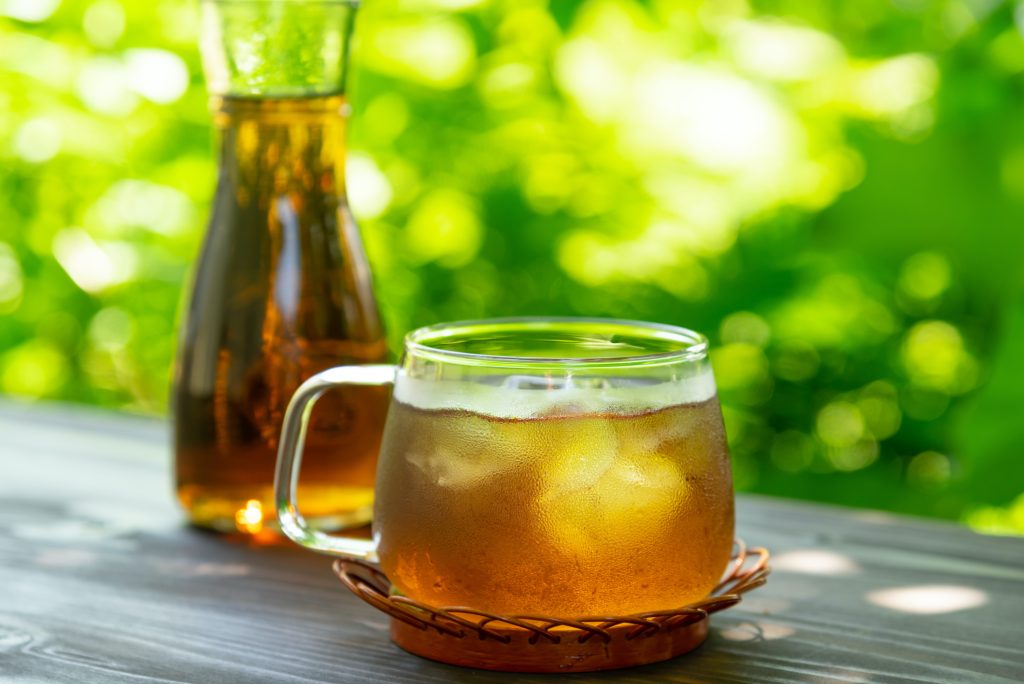
Mugicha (barley tea) is a caffeine-free favorite in Japan, served chilled during summer. It’s refreshing and loved by all ages.
How to Make Japanese Tea at Home (No Tools Required)
You don’t need a full tea set to enjoy authentic Japanese tea at home. With a few easy steps, you can experience high-quality flavor and aroma. Start with good-quality loose leaves. Use fresh water just below boiling point (around 70–80°C for green tea) and steep for 1–2 minutes. Matcha can be whisked with a fork or shaker if you don’t have a bamboo whisk.
Try cold-brewing sencha or genmaicha for a modern twist. Add fruit slices or herbs for unique infusions—great alternatives to sugary drinks. Pair teas with Japanese fermented foods like miso soup, natto, or soy-pickled vegetables. These combinations amplify umami and create a full-circle taste experience.
Why People Around the World Love Japanese Tea
Japanese teas, matcha is by far the most popular. This is because, in addition to its delicious flavor, it is considered a superfood, containing healthful ingredients such as catechin and theanine.
Other Japanese teas are less well known than matcha, but they are just as appealing. Changing the brewing temperature will change the flavor and texture, so you can enjoy it as is or pair it with food. Tea is a drink that can be enjoyed paired with food, especially for those who cannot drink alcohol. You can actually experience this during your trip to Japan.
日本茶ペアリング講座
Where to Buy Authentic Japanese Tea in the US and Online
Finding authentic Japanese tea is easier than ever. In US, you may find it at Japanese food stores, Asian stores, and health food stores.
Online retailers now ship globally, offering everything from everyday sencha to ceremonial-grade matcha. When buying online, look for vendors that indicate origin, harvest season, and packaging freshness. Bonus if they offer Japanese tea rice or blended options.
Best Places to Enjoy Japanese Tea in Japan During Your Visit
Planning a trip to Japan? Why not immerse yourself in authentic tea culture?
Join Our Kyoto-Based Tea & Fermentation Programs:
- Program 1: Matcha and Mitarashi Dumpling Making
We make mitarashi dango, which is served with a sweet sauce, from scratch using flour. Afterwards, you will make matcha and enjoy a Japanese sweets time with handmade mitarashi dango and matcha. - Program 2: Japanese Fermentation & Tea Pairing Class
Dive into the world of miso, soy sauce, and koji while tasting teas that bring out their best.
These small-group sessions are held in Kyoto and are designed for global food enthusiasts. All programs are English-friendly.
👉 Traveling to Japan? Join our Kyoto tea & fermentation workshops. Reserve your spot now!
サービス
Why Japanese Tea Is the Perfect Pairing for Fermented Cuisine
Japanese tea and fermented food share a key quality: umami. A bowl of miso soup paired with a cup of sencha can bring forward layers of flavor that are subtle yet unforgettable.
Chefs and food professionals appreciate how Japanese tea enhances balance on the palate. From the sour-sweet of amazake to the saltiness of soy sauce, there’s always a tea that complements the dish.
👉 Want to explore fermentation and tea deeply?
Sign up for our exclusive newsletter to get pairing tips, course updates, and limited offers for food professionals.
” 耀 Hikari ” – gastronomy
Conclusion: Start Your Journey with Japanese Tea Today
Whether you’re a culinary professional, a tea lover, or just tea-curious, Japanese tea offers an extraordinary world to explore. It’s delicious, rooted in culture, and connects beautifully with the flavors of fermented Japanese cuisine.
Try brewing a cup of hojicha tonight or explore matcha over breakfast. And if you ever visit Japan, we’d love to share a bowl with you in person.
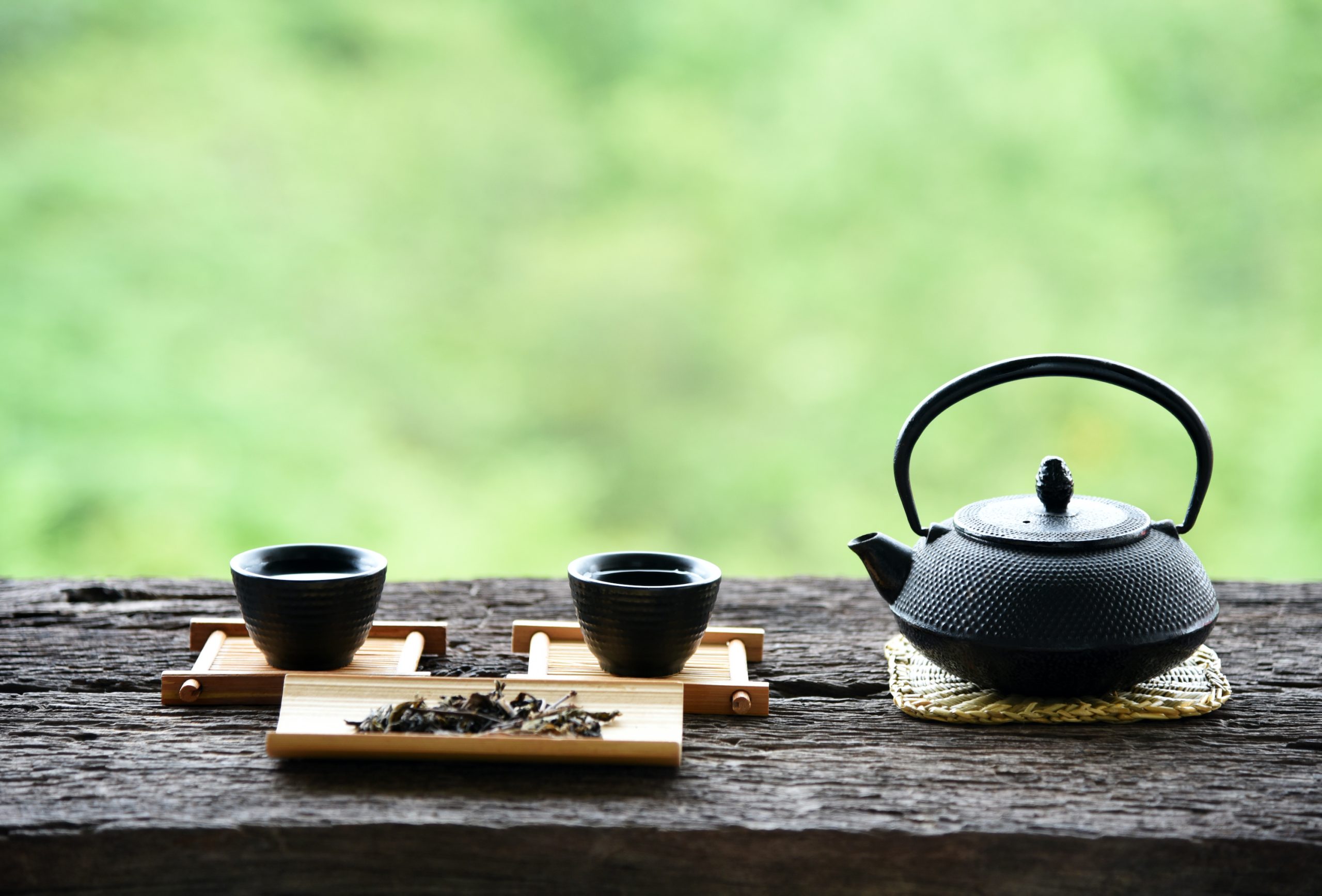
No responses yet